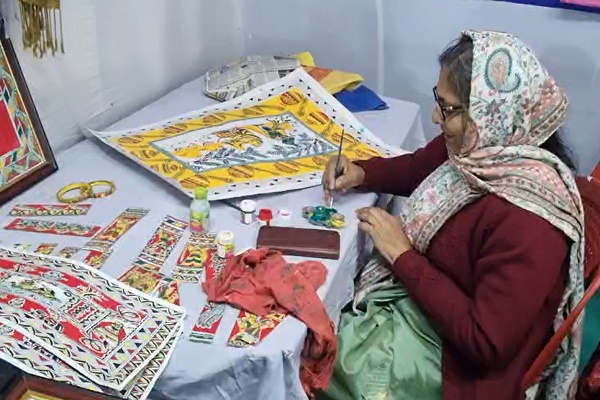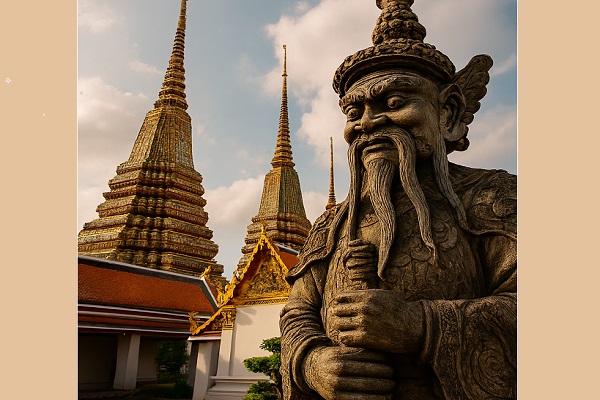Cultural Tourism in South Korea: Exploring the Beauty of Hyangwonjeong Pavilion

South Korea is a nation where the past and present coexist in harmony, and cultural tourism offers travelers a chance to step into the grandeur of its history. One of the most iconic destinations in this journey is Hyangwonjeong Pavilion, nestled within the historic Gyeongbokgung Palace in Seoul.
A Jewel of Joseon Dynasty Architecture
Hyangwonjeong, meaning "Pavilion of Far-Reaching Fragrance," was built in 1873 during the Joseon Dynasty. This beautiful hexagonal pavilion is set in the middle of a lotus pond and is connected to the palace grounds by a picturesque wooden bridge, Chwihyanggyo. The tranquil reflection of the pavilion in the water and the backdrop of Mount Bugaksan create a serene atmosphere, ideal for cultural immersion.
Why Cultural Tourists Love This Site
Visitors from around the world are drawn to Gyeongbokgung and Hyangwonjeong for various reasons:
Architectural Splendor: The pavilion exemplifies traditional Korean architecture, complete with ornate wooden patterns and graceful tiled roofs.
Cultural Significance: As part of the royal palace, the pavilion is tied to centuries of Korean history and Confucian royal customs.
Photographic Beauty: With each season, the pavilion transforms — cherry blossoms in spring, vibrant greenery in summer, golden foliage in autumn, and snow-covered elegance in winter.
Cultural Activities for Tourists
Cultural tourism in this area often includes:
Hanbok Wearing: Tourists can rent traditional Korean clothing to explore the palace grounds.
Royal Guard Changing Ceremony: A vivid reenactment that showcases traditional uniforms and rituals.
Historical Tours: Guided or self-led tours that provide deep insights into Joseon Dynasty life.
Sustainability and Preservation
The South Korean government and cultural organizations continue to invest in the preservation of historical sites like Hyangwonjeong. Visitors are encouraged to respect the heritage and participate in sustainable tourism practices to ensure that these cultural treasures endure for generations.
























